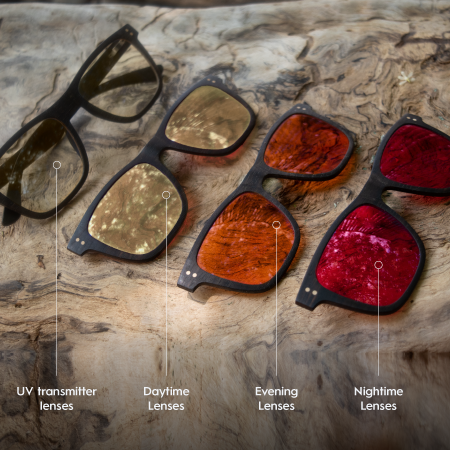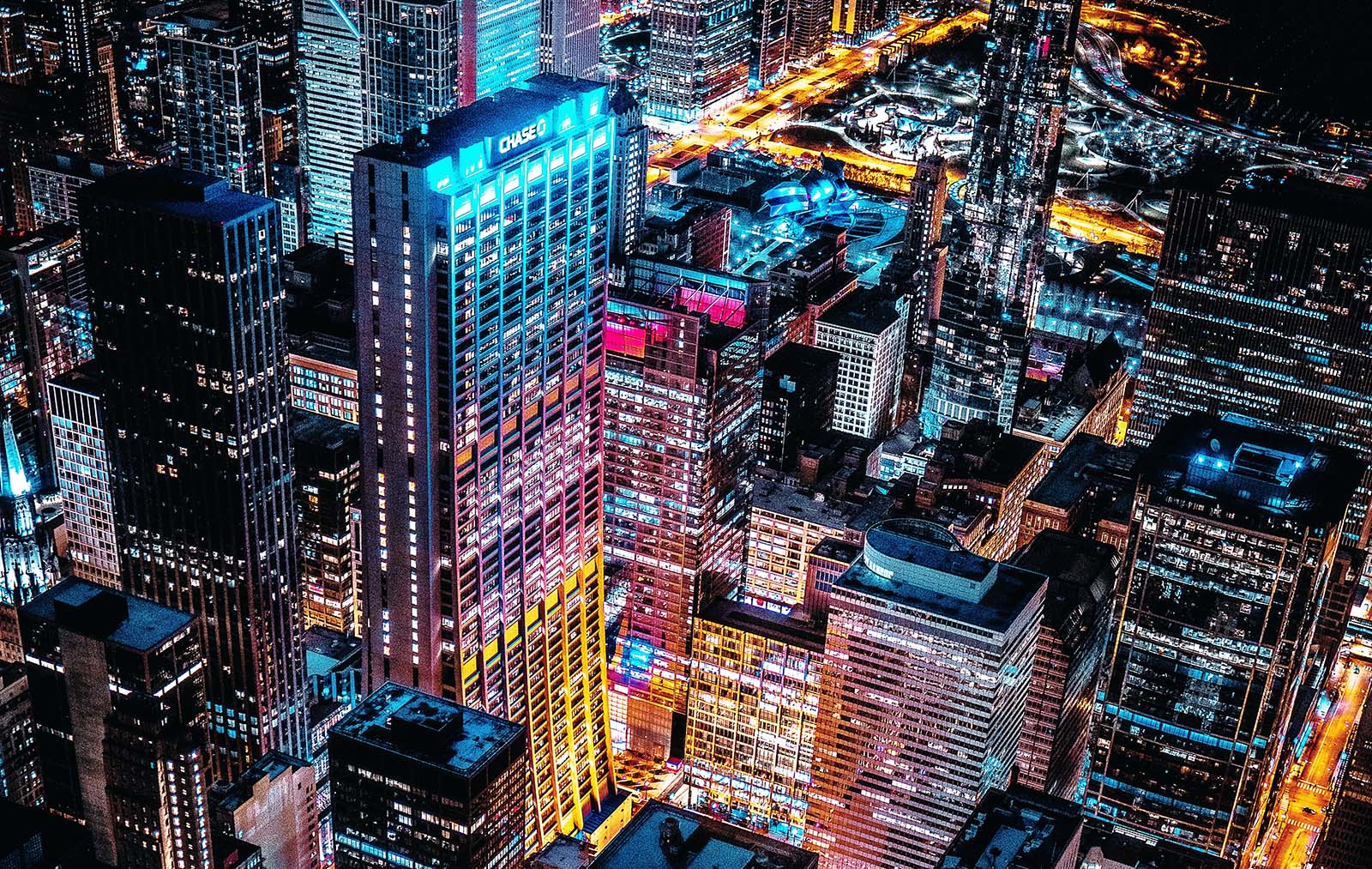In today’s world, we are only heading towards a rise of artificially blue lit environments emitted by devices such as TV’s, smart phones, tablets, LED or fluorescent light.
This is resulting in insomnia and restless sleep, depression and anxiety, eye strain, fatigue, headaches and migraines.
The electromagnetic spectrum
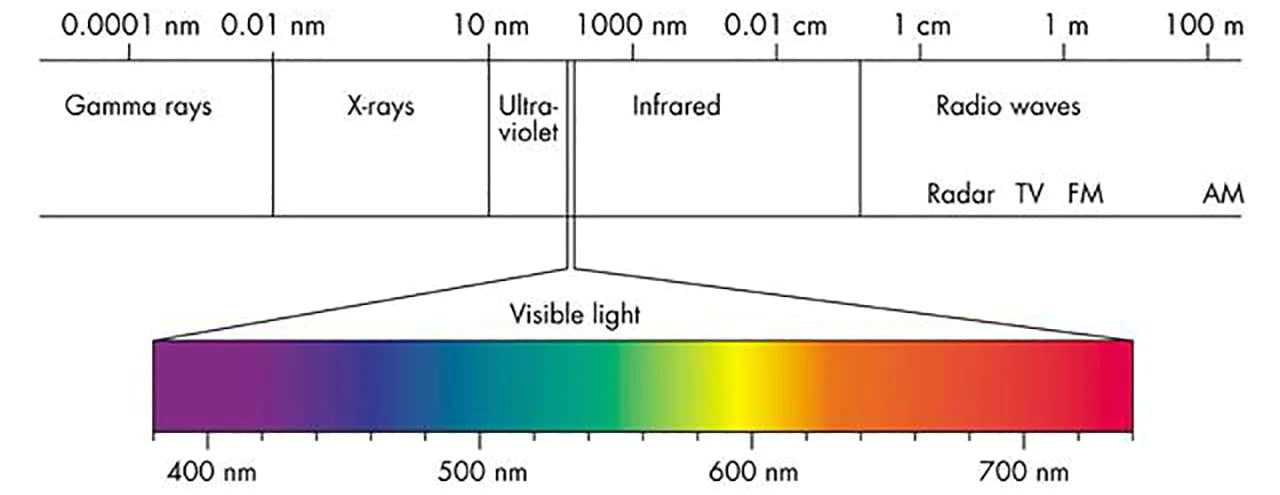
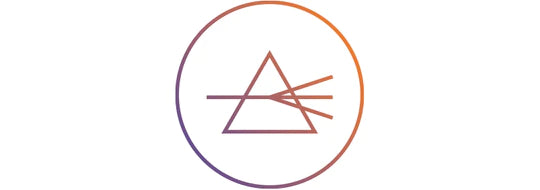
The Electromagnetic Spectrum
All the existing forms of light, visible and invisible, make up the electromagnetic spectrum. From the lowest energy to the highest energy is: radio waves, microwaves, infrared waves, visible light waves, ultraviolet waves, x-rays and gamma rays

Visible light
Forms about 1% of the electromagnetic spectrum containing all the colours of the rainbow ranging from violet and blue with the highest energy, to orange and red with the lowest energy.

Sunlight
Sunlight is composed of about 42-43% of visible light, 52-55% of infrared, which we perceive as heat, and 3-5% of UV light.
Is blue light always harmful?
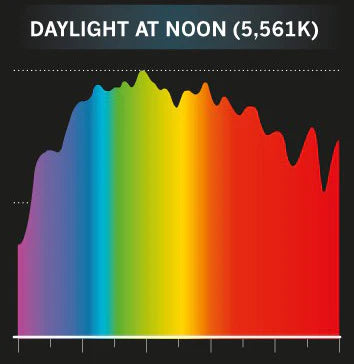
Blue Light
Blue light is merely high frequency light ranging from 400-495nm. It makes up to approximately 8% of the natural sunlight, with some variations depending on the time of the day as well as the season. White LED’s and light emitted from tech devices is composed of about 40-50% of blue light depending on the device and the brightness.
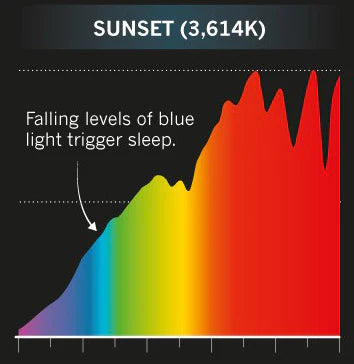
Natural Blue Light
Blue light emitted from the sun is crucial to our functioning. It regulates our sleep/wake cycles and triggers our alertness and sharpness. Blue light from the sun is not harmful, because it is balanced with red, infrared, ultraviolet and other colors from the visible spectrum. Any natural degeneration that might happen from high energy blue light is balanced with the regenerative capacity of infrared and red light. When the sun sets, the absence of UV, blue and green light triggers the production of the sleep hormone melatonin, which signals to our brain that it is time to rest and rejuvenate.
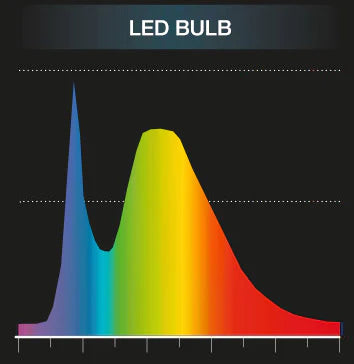
Artificial Blue Light
Digital devices and light bulbs peak in 420-460nm blue light and hardly emit any orange, red or infrared. Several studies have shown that light in this range causes cellular degeneration and is detrimental to our health and vision. Getting solely exposed to these emitted frequencies during the day causes headaches, fatigue, and itchy dry eyes. Conversely, getting exposed to artificial blue and green light at night inhibits the natural release of melatonin, the sleep hormone, which tricks our brain into thinking it is still daytime.
What is the body’s internal clock?
Also known as biological or circadian clock, it is a simple yet complex program that has programmed us to eat and sleep at the right time throughout a 24-hour period.
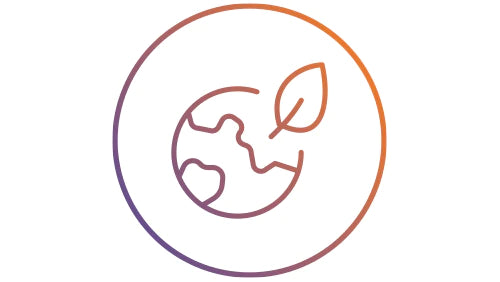
24-hour Internal Clock
Our body’s biological clock is designed to regulate sleepiness and wakefulness over a 24-hour period and it’s governed by light and darkness. This clock is controlled by the hypothalamus in the brain which translates light into information that coordinates all bodily functions and patterns.

Sleep/wake cycle
Getting exposed to the light frequencies emitted from ultraviolet, violet and blue in the morning is an important signal to our brain to wake up, inhibiting our melatonin production and increasing our cortisol, which makes us feel alert. When the sun sets, this change in the environment signals to our brain to produce melatonin, which triggers our sleep and rest response, while inhibiting cortisol production, the stress hormone.

Myriad functions
Recent studies have found that the body’s internal clock coordinates other systems such as hunger, metabolism, bodily temperature, hormonal production, stress, and immunity. Not only this, but every organ in the body has it's own internal clocks that are programmed to know when and what to do every day. These clocks all function optimally once aligned and matching with the light and darkness cycles found in nature.
How is The Biological Clock Related to Disease?
Unfortunately, more than ever before, we are suffering from chronic diseases such as diabetes, cardiovascular diseases, Alzheimer and dementia, cancer, arthritis, depression and anxiety. Most of these diseases are an accumulation of the biological clock mismatching with the clock outside. This generally happens when misleading information from our artificial indoor lights contradicts with the light and dark cycles found in nature.
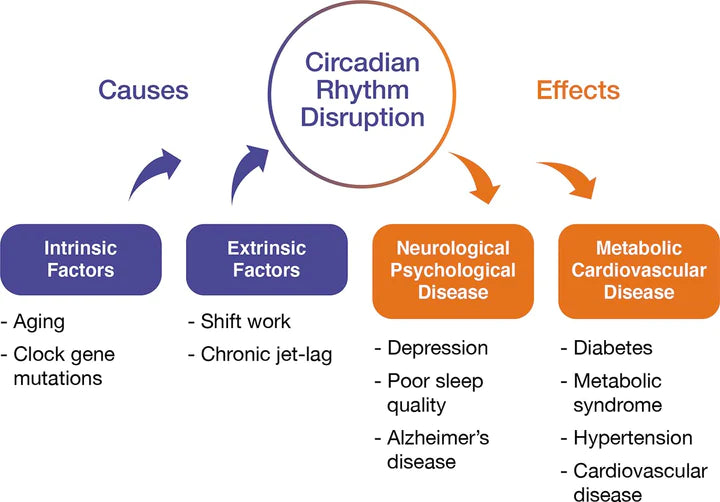
Mitochondria are ‘’electromagnetic’’ in nature, which means that the way they process food and make energy is controlled by LIGHT. Additionally, the most important time for mitochondrial repair is SLEEP, which is when our pineal gland perceives total darkness and produces melatonin, the highest anti-aging and anti-oxidant in nature. This explains why so many people struggle with getting results through diet and exercise, as they do not pay attention to light and sleep.
Science has been investigating the positive correlation between living in mismatch with the biological clock, termed as circadian mismatch, and potential failure in mitochondrial functioning. Failure in producing enough energy for cellular and organ functioning leads to chronic disease. Many doctors in the field of mitochondrial health understand that the root of every disease is in fact mitochondrial in nature.
Exposure to Junk Light Increases the Likelihood of Developing Chronic Disease
These power engines called ‘mitochondria’ need as much darkness as they need light in order to function optimally and perform their job of providing energy to the body. At night, they need sufficient deep sleep to rejuvenate and allow the body’s immunity to prevent diseases and illnesses.
This is becoming more difficult in today’s world as we are only heading towards a rise of artificially blue lit environments and an increased chance of being surrounded by devices such as TV’s, phones, tablets, LED or fluorescent light that emit a great amount of junk light.
If you live in the city, you most likely live in perpetual light, and are in desperate need for darkness. We are seeing more and more cases of restless sleep, fatigue, eyesight issues, depression and anxiety with most people working indoors under such lights.
Science has strongly proven that high frequency blue and green lights have a tremendous effect on our brain and cells, the way we function and feel, and the quality of sleep that we get. These lights suppress melatonin, the sleep hormone, keeping the stress hormone cortisol, elevated. This is problematic as it negatively impacts numerous other pathways such as serotonin and dopamine as well as adrenaline levels.
All this to say that exposure to the right light at the right time of the day is crucial for enabling the mitochondrial engines to rest and function optimally, preventing chronic diseases, and in return, reversing them with the proper alignment of the body’s biological clock and the environment we live in.
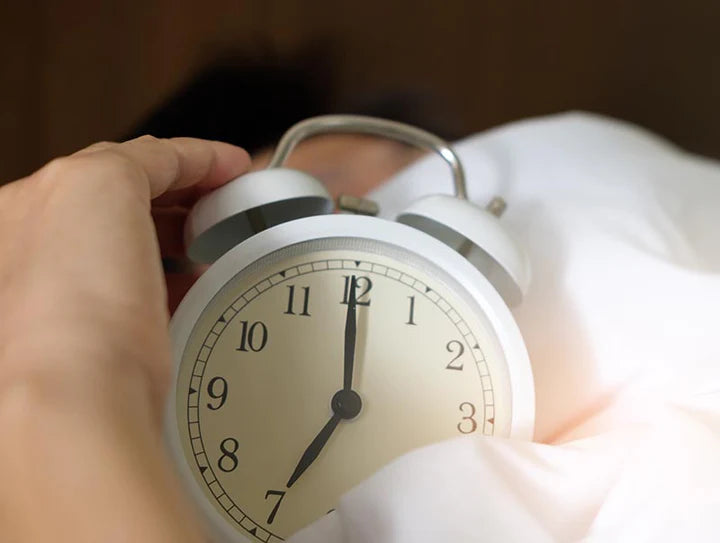
We Highly Need Consistent Quality Sleep For:

Mitochondrial Repair
Mitochondria are the little engines in our cells that burn our food and make energy. Science has shown that all modern chronic diseases such as cancer and diabetes start in unhealthy mitochondria. Sleep is the most important time for mitochondrial repair.

Enhanced Learning, Memory and Reasoning
Deep sleep plays a major role in consolidating and strengthening the new connections between brain cells as well as different brain regions, making it easier to retain and learn new information.

Improved Mental Health
Getting exposed to junk light at night increases cortisol levels in your body, the stress hormone, and disrupts your sleep. A study by Harvard University showed that a disrupted sleep/wake cycle impairs emotional regulation and amplifies the effects of anxiety and depression.

Boosted Immune System
When we go into a deep sleep phase, our body produces cytokines, which are substances that target infection and inflammation in the body, creating a very strong immune response.

Improved Metabolism and Regulated Appetite
Getting exposed to junk light at night decreases leptin (a hormone that tells the body it’s full and needs to start burning up calories) and increases ghrelin, a hormone that tells your body that you’re hungry causing it to stop burning calories and invoking impulsive eating.

Faster Muscle Recovery
Tissue repair as well as muscle growth and regeneration happens mostly during sleep. Muscle coordination improves substantially during the dark hours of sleep.

